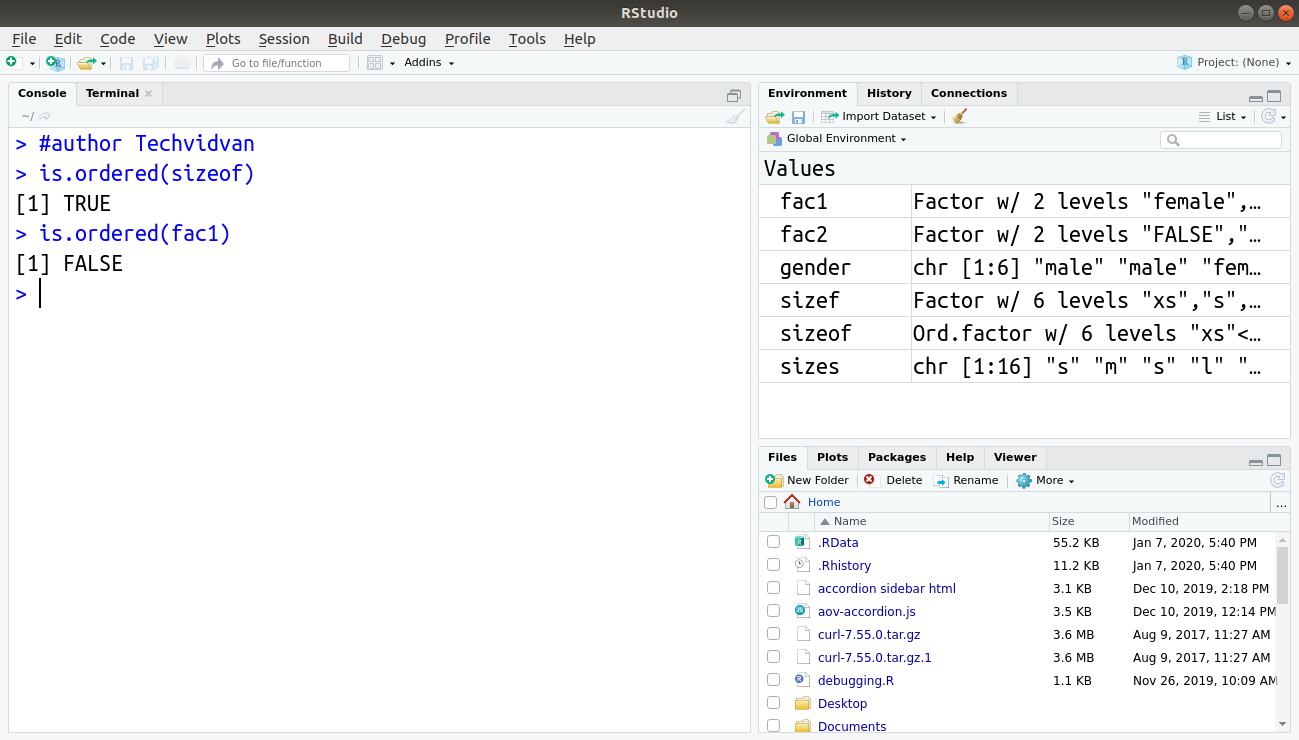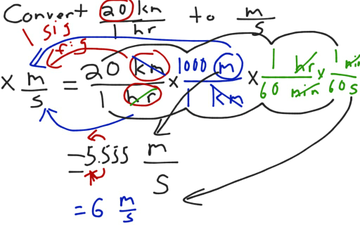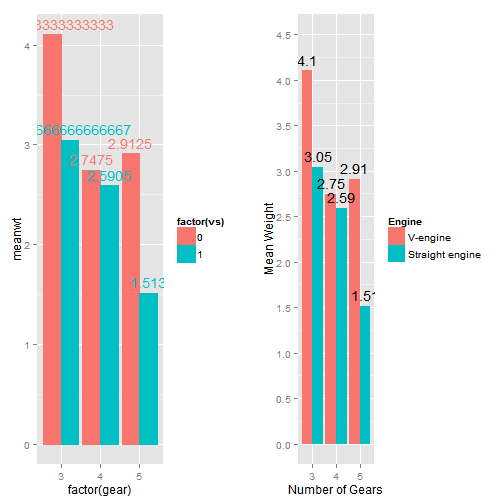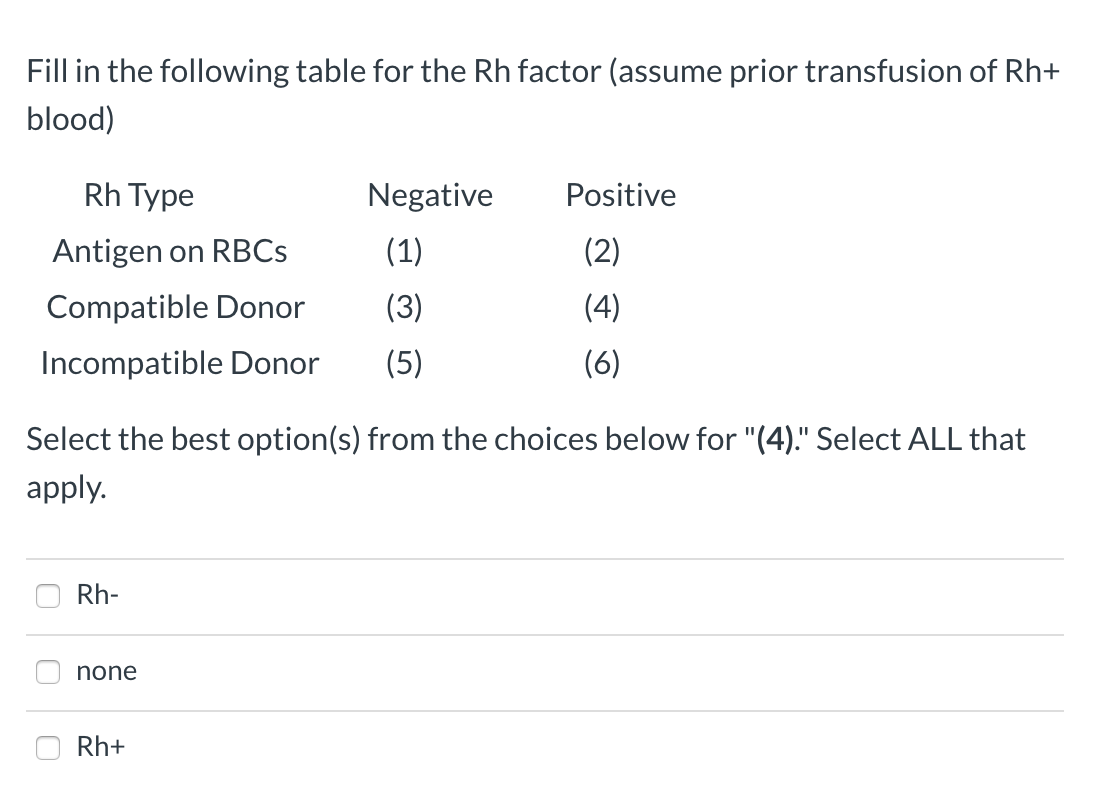39 r factor levels labels
r - Why is the terminology of labels and levels in factors so weird ... Another way to think about levels is that factor(x,levels=L1,labels=L2) is equivalent to. f <- factor(x,levels=L1) levels(f) <- L2 I think an appropriately phrased version of this example might be nice for Pat Burns's R inferno-- there are plenty of factor puzzles in section 8.2, but not this particular one ... Renaming levels of a factor - cookbook-r.com It's possible to rename factor levels by name (without plyr), but keep in mind that this works only if ALL levels are present in the list; if any are not in the list, they will be replaced with NA. It's also possible to use R's string search-and-replace functions to rename factor levels. Note that the ^ and $ surrounding alpha are there ...
stats.oarc.ucla.edu › r › modulesFactor variables | R Learning Modules Factor variables. Version info: Code for this page was tested in R version 3.0.2 (2013-09-25) On: 2013-11-27 With: knitr 1.5 1. Creating factor variables. Factor variables are categorical variables that can be either numeric or string variables. There are a number of advantages to converting categorical variables to factor variables.

R factor levels labels
Factors in R - University of California, Berkeley The levels of a factor are used when displaying the factor's values. You can change these levels at the time you create a factor by passing a vector with the new values through the labels= argument. Note that this actually changes the internal levels of the factor, and to change the labels of a factor after it has been created, the assignment form of the levels function is used. R Factors and Factor Levels (With Examples) - DataMentor Following is an example of factor in R. > x [1] single married married single Levels: married single. Here, we can see that factor x has four elements and two levels. We can check if a variable is a factor or not using class () function. Similarly, levels of a factor can be checked using the levels () function. R 因子 | 菜鸟教程 R 因子 因子用于存储不同类别的数据类型,例如人的性别有男和女两个类别,年龄来分可以有未成年人和成年人。 R 语言创建因子使用 factor() 函数,向量作为输入参数。 factor() 函数语法格式: factor(x = character(), levels, labels = levels, exclude = NA, ordered = is.ordered(x), nmax = NA) 参数说明: ..
R factor levels labels. How to label factors but still preserve its original levels' values - R The reason there are separate levels and labels arguments is because the vector you pass may not have every "level" in it. e.g. factor(1:3,levels = 1:4,labels = letters[2:5]).levels allows you to notify R that there are some categories you want "space" for that aren't in the original set, (also for ordering purposes).labels is just for choosing what to call those levels, rather than the ... Getting Started with R - Part 7: Factors - Levels and Labels Changing levels. You can set the levels labels after constructing a factor. This would be similar to passing in the labels parameter. We can pass a full new vector or just labels the labels of the levels selectively. Let us just change factor label 1 from "Jack" to "Mr. Prelutsky". How levels() is different from labels() with respect to factors in R? I am learning R. I am completely new in this language. So Im Very much confusing with labels and levels. r-lang.com › r-factor-and-factor-levelsR Factor and Factor Levels: How to Create Factors in R - R-Lang How to Create Factor in R. To create a Factor in R, use the factor () method. The factor () method takes a vector as an input and returns the factor. The factor () function is used to encode a vector as a factor. If the argument ordered is TRUE, the factor levels are considered to be ordered. For compatibility with S, there is also a function ...
Get label for given level of factor in R - Stack Overflow Teams. Q&A for work. Connect and share knowledge within a single location that is structured and easy to search. Learn more about Teams › r-factorsR - Factors - GeeksforGeeks Oct 27, 2021 · Ordered: This logical attribute decides whether the levels are ordered. nmax: It will decide the upper limit for the maximum number of levels. Creating a Factor in R Programming Language. The command used to create or modify a factor in R language is – factor() with a vector as input. The two steps to creating a factor are: Creating a vector Levels in R: What are the Factor Levels - R-Lang The levels () is an inbuilt R function that provides access to the levels attribute. The first form returns the value of the levels of its argument, and the second sets the attribute. You can assign the individual levels using the gl () function. When you first get a dataset, you will usually notice that it contains particular factor levels. How to Reorder Factor Levels in R (With Examples) - Statology Occasionally you may want to re-order the levels of some factor variable in R. Fortunately this is easy to do using the following syntax: factor_variable <- factor (factor_variable, levels =c(' this ', ' that ', ' those ', ...)) The following example show how to use this function in practice.
Displaying of factor levels and labels in R - Stack Overflow 1) Adjust for 1-based index of levels: as.numeric(drug) - 1 2) Take the labels of the factors and convert to numeric: as.numeric(as.character(drug)) Some people will point you in the direction of the faster option that does the same thing: as.numeric(levels(drug))[drug] I'd also consider using logical values instead of factor in the first place. Factor Levels in R | DataCamp When you first get a data set, you will often notice that it contains factors with specific factor levels. However, sometimes you will want to change the names of these levels for clarity or other reasons. R allows you to do this with the function levels (): levels (factor_vector) <- c ("name1", "name2",...) A good illustration is the raw data ... r-coder.com › factor-rFACTOR in R [CREATE, CHANGE LABELS and CONVERT data] - R CODER Mar 22, 2020 · The factor function. The factor function allows you to create factors in R. In the following block we show the arguments of the function with a summarized description. factor(x = character(), # Input vector data levels, # Input of unique x values (optional) labels = levels, # Output labels for the levels (optional) exclude = NA, # Values to be excluded from levels ordered = is.ordered(x ... › factors-in-rFactors in R | How to create a factor in R? - EDUCBA factor(x = character(), levels, labels = levels, ordered = is.ordered(x)) Where, X is a set of categorical data. As we already discussed it should be a string or integers. Levels are set of value which can be taken by X. Levels contains all the unique value available in the column (x). Labels as the name suggest labeling of the data available at X.
R Factors - Operating on Factors and Factor Levels - TechVidvan Creating a Factor. We use the factor () function to create factors. The following is the syntax of the factor () function: factor_name=factor (x=character (),levels,labels,exclude,ordered,nmax) Where x is a vector with the data for the factor, levels is an optional vector with unique values that x might take, labels is an optional vector of ...
› input › valuelabelsQuick-R: Value Labels To understand value labels in R, you need to understand the data structure factor. You can use the factor function to create your own value labels. # variable v1 is coded 1, 2 or 3
› r-factor-categorical-continuousFactor in R: Categorical Variable & Continuous Variables - Guru99 Jul 16, 2022 · factor(x = character(), levels, labels = levels, ordered = is.ordered(x)) Arguments: x: A vector of categorical data in R. Need to be a string or integer, not decimal. Levels: A vector of possible values taken by x. This argument is optional. The default value is the unique list of items of the vector x.
Data Wrangling: De factores, levels and labels - R que R Levels: Vemos que R ha ordenado las distintas categorías según un criterio alfabético y, por ello, a la categoría alta le atribuye el número 1, a baja el número 2, a media el número 3, etc. El orden asignado por defecto podría ser funcional en el caso de variables de tipo nominal pero, sin embargo, existe un gran número de ocasiones en las que trabajemos con variables ordinales, como ...
EOF
R 因子 | 菜鸟教程 R 因子 因子用于存储不同类别的数据类型,例如人的性别有男和女两个类别,年龄来分可以有未成年人和成年人。 R 语言创建因子使用 factor() 函数,向量作为输入参数。 factor() 函数语法格式: factor(x = character(), levels, labels = levels, exclude = NA, ordered = is.ordered(x), nmax = NA) 参数说明: ..
R Factors and Factor Levels (With Examples) - DataMentor Following is an example of factor in R. > x [1] single married married single Levels: married single. Here, we can see that factor x has four elements and two levels. We can check if a variable is a factor or not using class () function. Similarly, levels of a factor can be checked using the levels () function.
Factors in R - University of California, Berkeley The levels of a factor are used when displaying the factor's values. You can change these levels at the time you create a factor by passing a vector with the new values through the labels= argument. Note that this actually changes the internal levels of the factor, and to change the labels of a factor after it has been created, the assignment form of the levels function is used.
















Post a Comment for "39 r factor levels labels"